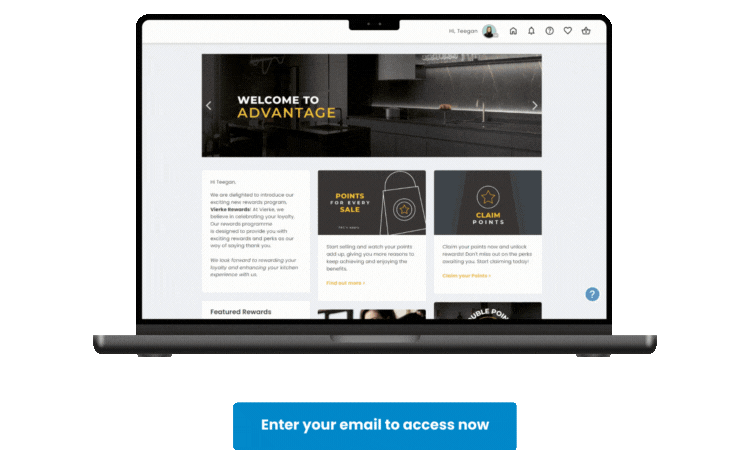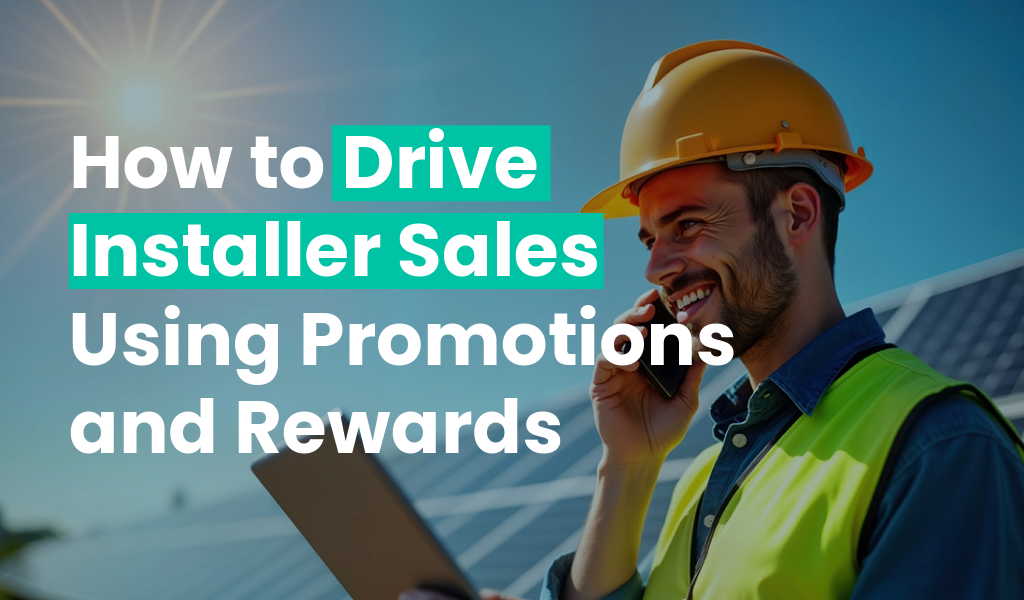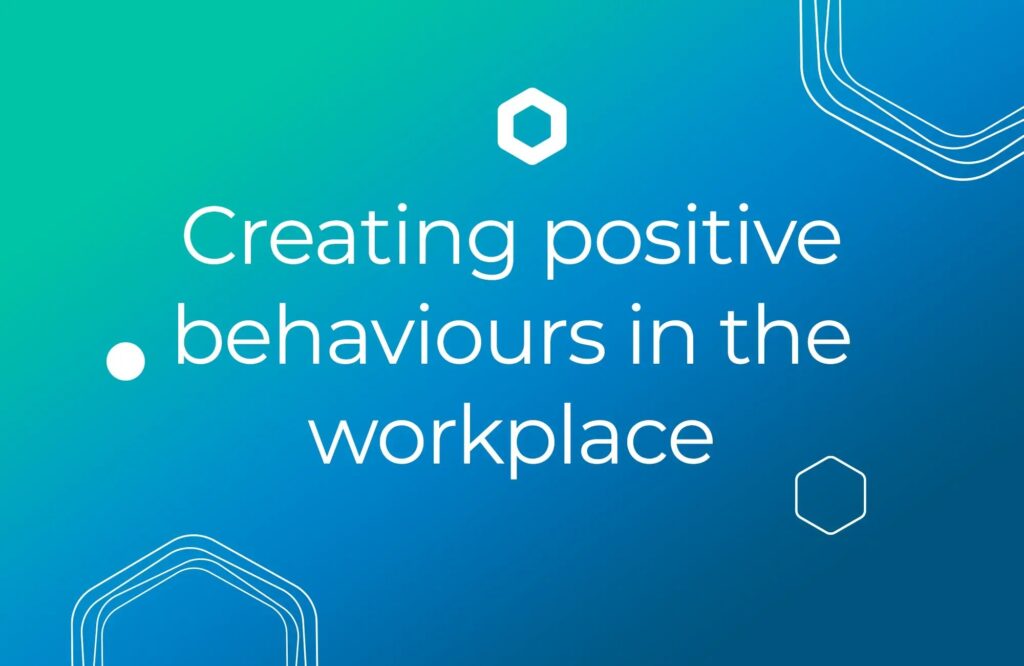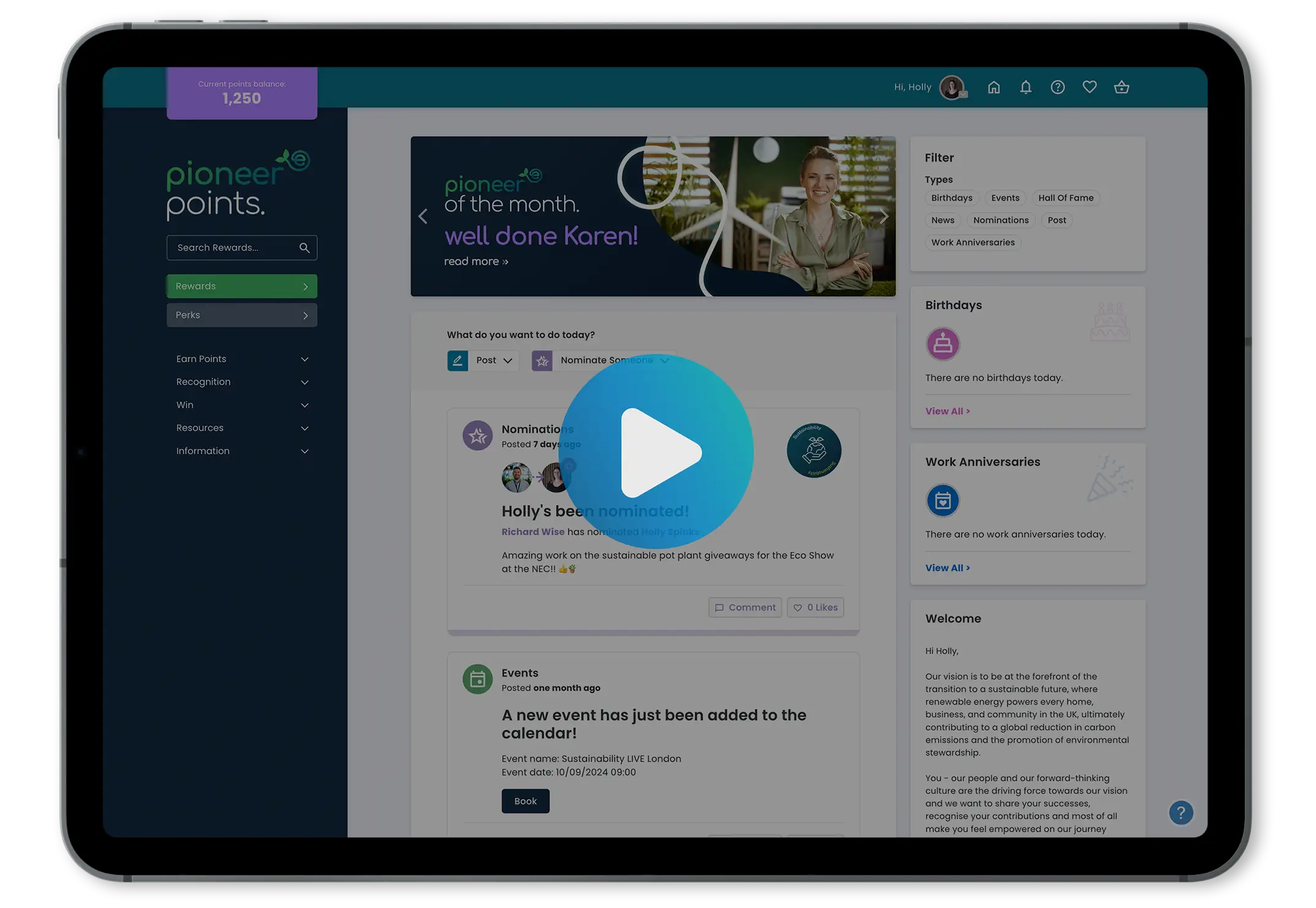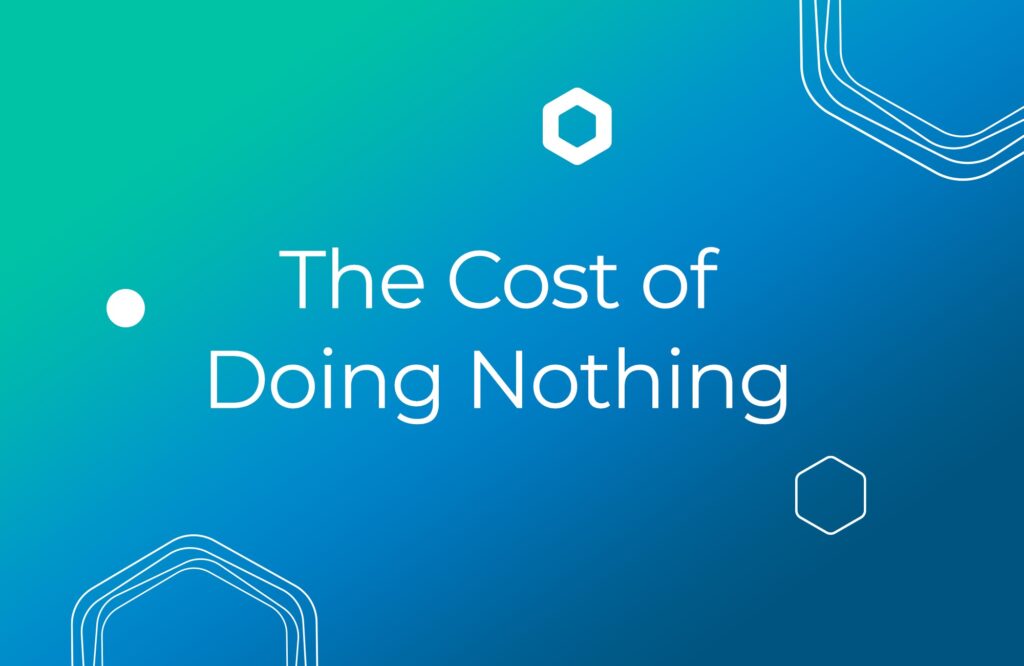


Sometimes, the very best thing you can do is nothing at all. There’s a fine line between following up on sales leads just the right number of times (persistent) and following up on leads way too many times (downright annoying). Thinking too hard about one problem can only serve to push the solution further and further out of sight. Taking advantage of the odd red-letter day here or there to sit on the sofa and listen to the sounds of the birds is a lot better than pushing through the usual routine.
But doing nothing isn’t always the best thing you could be doing. In fact, more often than not, putting off the inevitable or forcing what should be a priority to the very back of your mind is the worst thing you could do. In fact, a lot of people argue that tackling the toughest jobs first – AKA, the ones you want to shelve under ‘This can wait indefinitely’ – is the best way to boost productivity.
Doing nothing comes at the cost of valuable, once-in-a-lifetime opportunities, but it can also come at a much higher cost – the ROI you could be extracting from your efforts, if only you’d started sooner.
Think of the estate agents’ favourite motto: if you lived here, you’d be home by now. This is something we know all too well here at Incentivesmart:
If you had a B2B customer loyalty programme, you’d have a near-indestructible customer base by now.

The Common Causes of Doing Nothing
So many sales teams at so many B2B enterprises are used to hearing the same generic, defer-indefinitely excuses:
- We’re not ready just yet
- It’s just not a priority for us right now
- Maybe a few months down the line
- We want to focus on core business for the time being
- We’ll let you know when we’re ready
Sometimes, these excuses are simply a ‘let you down gently’ kindness offered from one human with feelings to another human with feelings. While B2B is infamously more pragmatic than B2C, most decision-makers would prefer to stick a pin in the conversation indefinitely to shooting down a sales rep point-blank, even if they have no intention of removing that pin anytime in the near or distant future.
But experience has taught us that, more often than not, these stock phrases are made earnestly. Most decision-makers for SMEs are simply burdened by so many things to do on any given day that deferring positive changes feels like a necessity. Around 44% of B2B decision-makers are lost as a result of ‘sticking with the status quo’, which has its appeal if you’re swamped with work every minute of the day. Better to focus on core business and stay afloat another week than start adding another consideration to the list, right? Better to prioritise A, B, and C than turn your attention to 1, 2, or 3.
But doing nothing and putting things off until some indeterminate point in the future comes at a big cost – not just financially but logistically, too.

Waiting on Loyalty
We know all too well the troubles that can arise if you put off loyalty. Here’s what you need to be aware of…
- Loyalty doesn’t wait
It’s easy to take for granted the power of a good loyalty programme. We know how transformative they can be when it comes to converting a stranger into a resolute, lifetime customer who feels all those happy chemicals influence every one of their interactions with your brand.
It’s no big secret – it’s exactly how B2B loyalty works. Simple.
But that simplicity makes it too easy for businesses to rest easy in the knowledge that, when they’re ready, they can embrace B2B loyalty and transform their bottom line. In theory, yes, but what about all your competitors? What about all the lifetime loyalty you’re missing out on each and every day you push a loyalty programme down the To Do list?
Customers who could boost your retention stats long into the future are being acquired and kept all the time by competitors who do emphasise loyalty and have done so from the start. It’s never too late to start, but waiting really shouldn’t be an option either. - You’re not too small for loyalty
New enterprises need to focus on core business for growth, but they also need to implement measures that will keep serving them long into the future, no matter how big they get. Something as scalable as a customer loyalty platform is one of the best things they could get for themselves, but it’s too easy to assume that, right now, there just isn’t the need.
Simply put, this is never the case. A high retention rate will always benefit your bottom line, whether you’re servicing a handful of customers or enough to fill an entire Yellow Pages. - The right incentive programme can cut traditional marketing costs
When your focus is put squarely on acquisition, then you’ll need to invest a considerable amount of time, effort, and money into your marketing campaigns. You’ll need to boost brand awareness the traditional way: by getting your name out there yourself, and, hopefully, doing it in a way that nabs your target consumer’s attention and gets you a worthwhile ROI in the form of conversions and sales.
This is the trouble with new business: it’s expensive to acquire, and even more costly to convert. Then, without a loyalty programme, who’s to say they’ll ever come back? Sure, the strength of your service/products should do that for you, but it doesn’t always work that way. Customers can be fickle, and quick to turn to a competitor if you’re not undercutting them at the right moment.
When you’re focusing on building loyalty, you don’t need to throw so much money after new customers. Returning customers infamously spend more money than new customers, and they also offer one of the most valuable marketing tools out there: social proof.
With a growing number of happy, engaged, and enthusiastically loyal customers out there, word-of-mouth recommendations deliver a very high ROI that makes them a lot more valuable than even the most targeted ad campaign.

- It’s always the right time to sharpen your competitive edge
When don’t you want to be able to compete with the very best in your class? If your competitors are giving their customers more and more reasons to stay put rather than testing the waters elsewhere (AKA, with your business) then why wouldn’t you want to do the same thing, but better? - The more customers you lose, the more it costs you
A good, purpose-built loyalty programme is the best way to retain customers, which means it’s the most effective safeguard against the high cost of losing business to competitors. Putting that safeguard in place ‘at some point’ just isn’t enough to weatherproof your business and ensure steady growth. If you’re not doing enough to boost retention through B2B communication and loyalty incentives, you can’t be confident about any long-term projections. - You’re missing all those opportunities for data
It’s not just about the loyalty itself. True, we could talk all day about the benefits of loyal customers, but there’s so much more to it than that. With loyal, returning customers who regularly interact with your brand, you have so many invaluable opportunities to gather key insights and data on them. It’s the best way to build a strong data profile – one that will underpin your future interacts with them and the offers you extend their way, and ensure you’re always able to stand out from the comparatively generic interactions they have with your competitors.
We often use the example of the supermarket: the differences in product recommendations you’ll get from your regular supermarket (with whom you have a loyalty card) vs the supermarket you only pop into once in a blue moon. The former can probably anticipate what you’re going to be interested in down to the last jar of pesto, whereas the latter will be totally in the dark.
It’s never too late to start working toward building a strong customer base who are actively engaged with your brand, motivated to continue giving you their business in spite of the flashy promotions your competitors are running throughout the year, and building upon a genuinely rewarding relationship with you every time they interact or make a purchase.
Loyalty is an incredibly valuable asset, particularly if you’re looking to keep an entire marketing channel motivated. Training and regular communication is one thing, but a programme that is purpose-built to maintain a high level of interest and engagement over the long haul through channel incentives is another thing entirely.
We chat with plenty of businesses who are waiting for the ‘right time’ to get their loyalty programme underway, but the most important questions we ask them are always the same:
- Why not now?
- If not now, when?
Sticking with the status quo when there’s so much untapped potential locked within a prospective customer loyalty scheme is a big risk, and it could lock you into a vicious cycle of high churn and low retention.
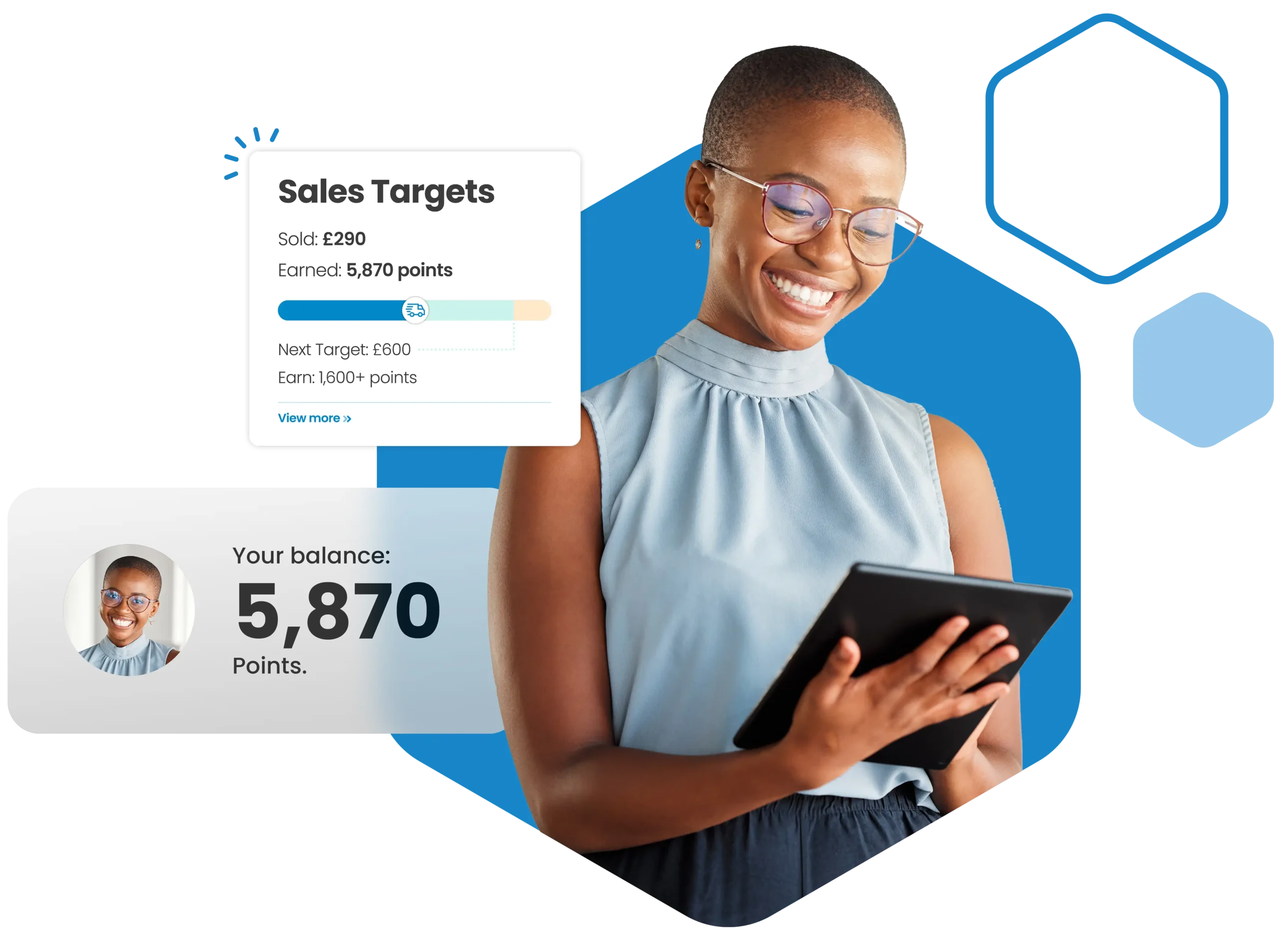

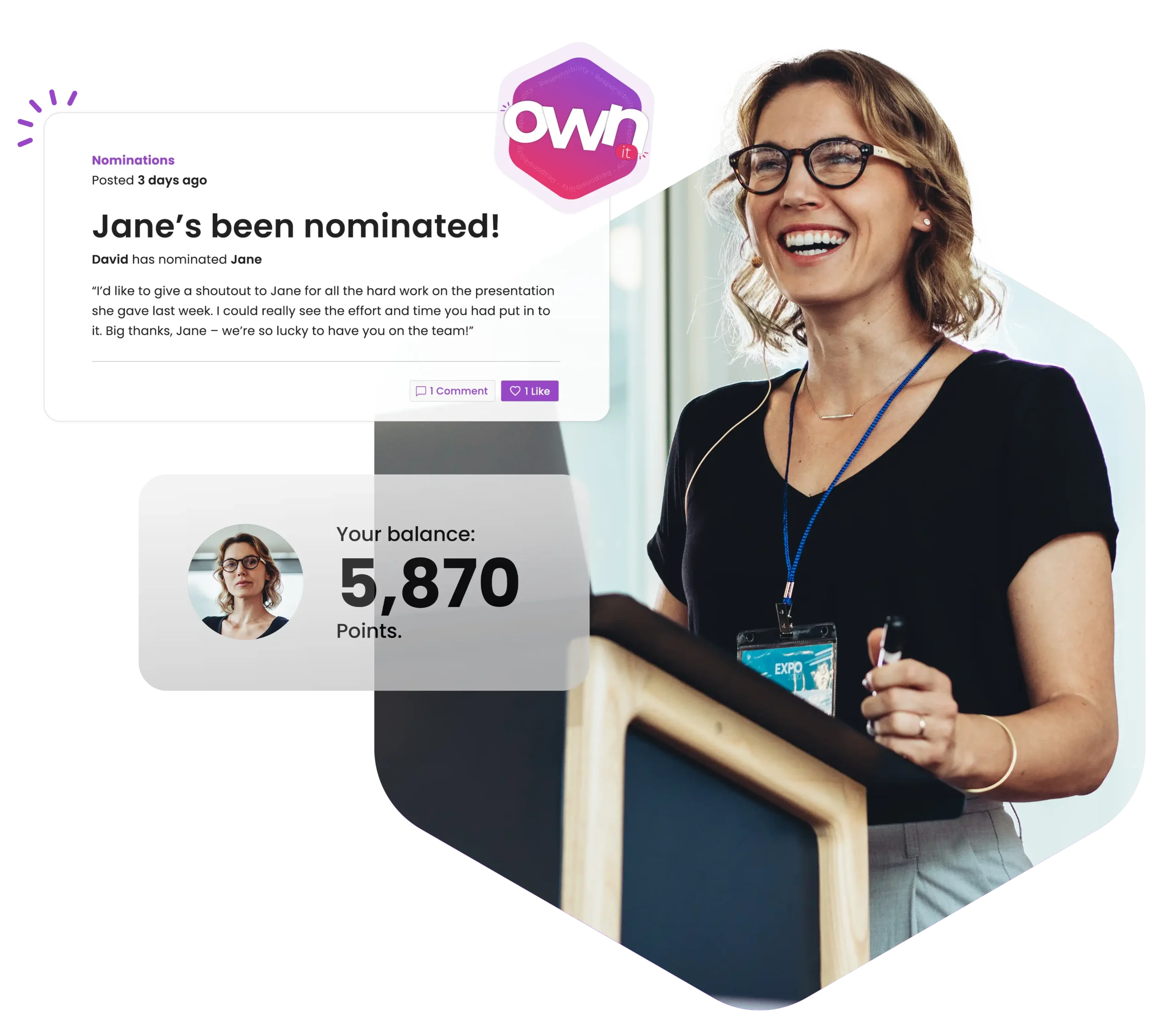
![How to keep customers coming back for more{{ include_custom_fonts({"Poppins":["Semi Bold"]}) }}](https://no-cache.hubspot.com/cta/default/5921162/interactive-188375258646.png)
